Home
Prescription medications are an integral part of improving the quality of life for millions of Americans living their lives with acute or chronic pain. However, one of the most serious public health problems in our country is the over dependence on these substances, with particular attention to the opioid class of prescription pain medications. Americans, constituting only 4.6% of the world’s population, have been consuming 80% of the global opioid supply, and 99% of the global hydrocodone supply, as well as two-thirds of the world’s illegal drugs. (Pain Physician, 2010)
Opioid addiction also accounts for a vast amount of indirect causes of crime such as theft, injury, and murder stemming from the need to acquire these substances whether legally, via prescription, or illegally, on the streets. Approximately 2 million Americans live with prescription opioid abuse or dependence. (SAMSHA, 2013) Approximately 78 Americans die every day due to prescription drug overdose, equating to one American dying approximately every 20 minutes. Additionally, in our country a baby is born dependent to opioids approximately every 25 minutes (Tolia, 2015). West Virginia (WV) has the highest national state-by-state drug overdose death rate of 35.5 per 100,000 (Age Adjusted), with a large margin over the next closest state of New Mexico having a rate of 27.3, while the national average is 14.7 (MMWR, January 1, 2016).
This guidance (WV SEMP Guidelines) for prescribers and dispensers is a summary of the work and efforts put forth by this WV Expert Pain Management Panel as an expansion to the 2016 CDC Chronic Pain Opioid Guidelines, with hopes of not only improving human quality of life, but also to save lives by promoting the values of safely and effectively managing pain for those suffering.
- The WV SEMP Guidelines, with or without the appendix of tools and additional information, are available at: WV SEMP Guidelines.
- The WV SEMP Guidelines Easy-To-Use One-Page Handouts are available at WV SEMP Guidelines Handouts.
Photo Courtesy of Dr. Betsy Elswick, PharmD



